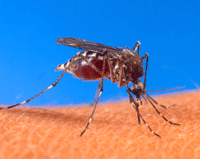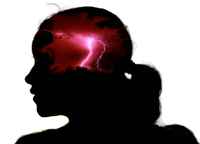Medications: A Hard Pill to Swallow?

Pills or Pie Today?"
Mom was right. "Take your medicine" might be the best advice you've received and, if followed, may pave the way to a long and healthy life. Now, if only mom were here to pick up the tab...
Patients stop taking prescribed medication for many reasons, including unwanted side effects, inconvenience, depression and misunderstanding. Whatever the reason, the risk is significant. A recent study indicates 12.5% of heart attack patients quit taking their medications within one month of leaving the hospital. These patients were three times more likely to die within the following year than were patients remaining on their medications.
Oh, yes - and cost. Medication costs continue to soar and many, unable to bear the burden, quickly face the proverbial food or medicine dilemma. A study, in Archives of Internal Medicine, reports 29% of disabled patients had skipped medications due to cost. 13% of the elderly made similar choices. Numbers are even higher for patients with multiple illnesses and having limited or no drug coverage.
There's hope.
Over 2.5 million patients have been helped by Partnership for Prescription Assistance (PPA). The mission of PPA is to connect patients with pharmaceutical companies and other health care providers offering direct financial aid with prescription costs. Qualifying patients often receive their medications at little or no cost.
PPA provides a single point of access to more than 475 patient assistance programs. Over 150 pharmaceutical companies participate in the project, as well as a number of national partners, including the Academy of Family Physicians, the Lupus Foundation of America, the NAACP and the National Alliance for Hispanic Health. Patients may apply for assistance online or by calling 1-888-477-2669. The PPA website includes a step-by-step application wizard to match the patient with the most appropriate program.
Now you know. The next time you're faced with the choice of pills or pie, relax. Sit back, put your feet up and say, "I'll take both!"
For more on patient issues, see the CNN article Deadly Choices




